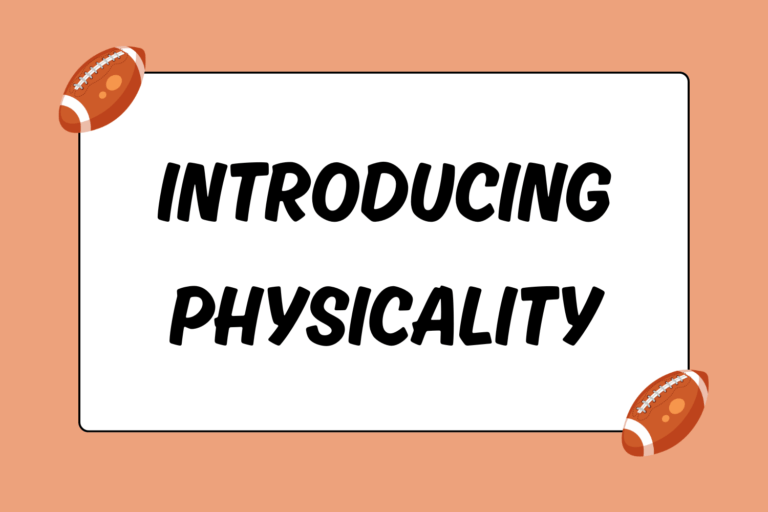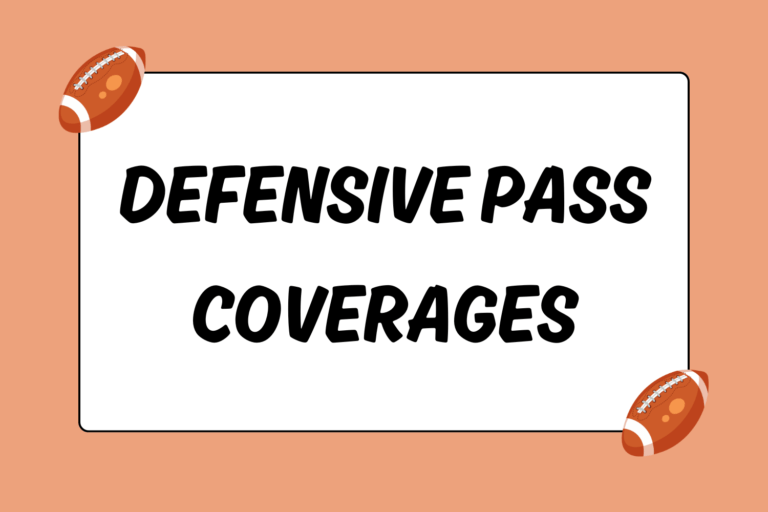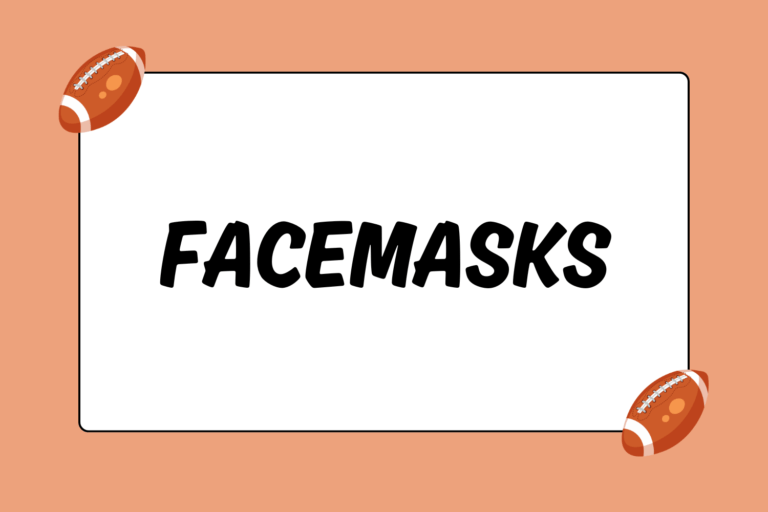The possibility of injury is present in every sport, but football players are at an especially high risk because of the amount of contact. Players are routinely injured both in training as well as actual games. While most injuries are minor, some setbacks can leave a player on the sideline for weeks on end.
One of the most scrutinized and common football injures is the concussion. Though most people have a rudimentary idea, there are still plenty of questions about concussions. This guide focuses on the specific causes and symptoms of a concussion.
What is a Concussion?
A concussion is a type of closed-head injury in which the brain makes contact with the inside of the skull and suffers some degree of trauma. There is a fluid (called Cerebrospinal Fluid) that normally surrounds the brain and acts as a barrier between it and the skull. A concussion occurs when something happens (such as a sudden impact) to force that fluid away from a particular spot inside the head, resulting in the brain actually making contact with the skull. As a result of that contact, the brain is temporarily hindered and cannot properly function.
Regarding football players, most concussions happen one of two ways:
- As the result of a severe and direct blow to the head, such as a helmet-to-helmet hit.
- As the result of a powerful hit to the body which causes the tackled player’s head to hit the ground forcefully.
While there are other ways for a concussion to occur, these two are by far the most prevalent causes of concussions among football players.
Amazingly True Story
In an effort to help improve our understanding about the consequences of a concussion, many current and former NFL players have agreed to donate their brains to the Center for the Study of Traumatic Encephalopathy. The focus of this study is to learn more about Chronic Traumatic Encephalopathy, a progressive degenerative disease of the brain found in people with a history of multiple concussions. For more information on the study, here is a link to their website.
Concussion Symptoms
A player who’s suffered a concussion may experience many different symptoms. One of the most common indicators of a concussion is when a player “sees stars” after a particularly hard hit — multiple small bright spots appearing in the player’s field of vision. However, such a claim does not automatically mean the player has been concussed. Here is a list of the possible immediate symptoms that can result from a concussion:
- Dizziness
- Nausea
- Loss of consciousness
- Loss of memory before and/or after the hit
- Lightheadedness
- General confusion
- Perseverating (asking the same question repeatedly, even after being told the answer)
- Slurred speech
- Increased sensitivity to light
- Headache
- Loss of balance
Though every player responds differently to a concussion, there are factors that can be used to more accurately predict the number, intensity, and duration of the symptoms. Two such factors are the severity of the blow that caused the concussion, and the number of concussions the player has already suffered. However, there is no way to completely predict the level of trauma suffered from a concussion. The only way to accurately gauge the severity of a concussion is by evaluating the player several times after the concussion occurs, and monitoring the rate at which he recovers from whatever symptoms he felt.
Long-term Symptoms
With most concussions, the symptoms disappear on their own after a few hours or days. However, for more severe concussions — or concussions that aren’t allowed to heal properly — the original symptoms will both persist and be joined by new symptoms. Here are a few examples of long-term concussion symptoms:
- Difficulty sleeping
- Prolonged confusion
- Intense headaches
- Trouble retaining memories
- Prolonged visual sensitivity to light
- Becoming angry, nervous, or sad for no reason
- Loss of interest in things that are normally of interest, i.e. a favorite magazine
These symptoms indicate a higher level of brain trauma, and necessitate a trip to the doctor’s office.
Grading a Concussion
| Grade I | Grade II | Grade III | |
|---|---|---|---|
| Cantu | Post-trauma amnesia less than 30 seconds; no loss of consciousness. | Loss of consciousness less than 5 minutes; amnesia between 30 min. and 24 hours. | Loss of consciousness lasts more than 5 minutes; more than 24 hours of amnesia. |
| CMS | Mild confusion; no loss of consciousness. | Moderate confusion; post-trauma amnesia; no loss of consciousness. | Any loss of consciousness. |
| AAN | Mild confusion; symptoms last less than 15 minutes; no loss of consciousness. | Symptoms last more than 15 minutes; no loss of consciousness. | Loss of consciousness: grade IIIa for less than 60 seconds, IIIb for over one minute. |
Each concussion comes with its own unique set of symptoms. However, medical professionals assess and assign concussions into a specific category in order to catalogue the severity of the concussion and create a recovery timeline. There are three different grades of concussion:
- Grade one (I) for a mild concussion
- Grade two (II) for a moderate concussion
- Grade three (III) for a severe concussion
It’s important to note that there is no universally-accepted scale for grading concussions. There are between 20 and 40 sets of criteria by which concussion severity is determined, but three are used more frequently than the rest: The Cantu guidelines, the Colorado Medical Society (CMS) guidelines, and the American Academy of Neurology (AAN) guidelines. The table to the left features a breakdown of these three sets of guidelines.
Recovery Takes Time
Although it is possible to play football and not get a concussion, the odds are that most players will receive at least one in their career. So long as they are treated responsibly and given enough time to heal, the vast majority of concussed football players go on to make a full recovery. The key to healing is simply time — if you get a concussion, don’t rush back to the field too soon. Waiting until you’re fully healed is the best way to avoid long-term concussion consequences.





